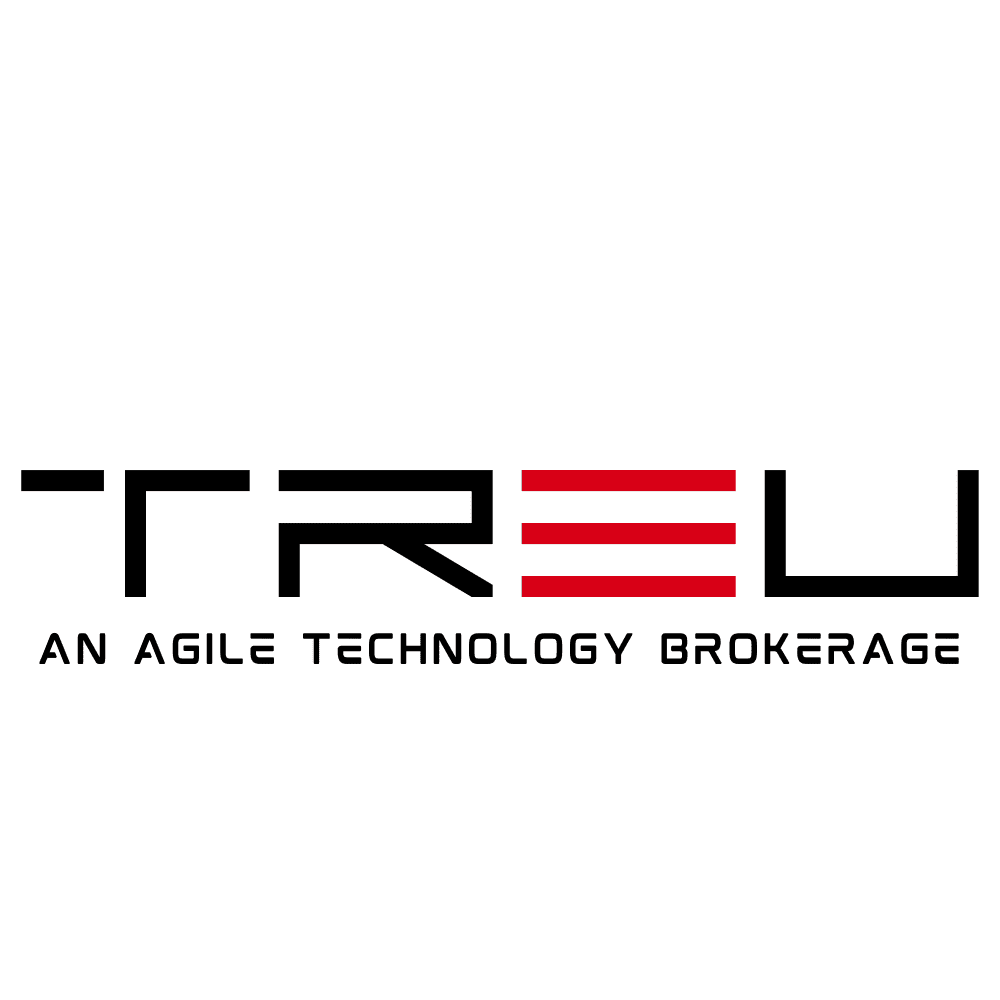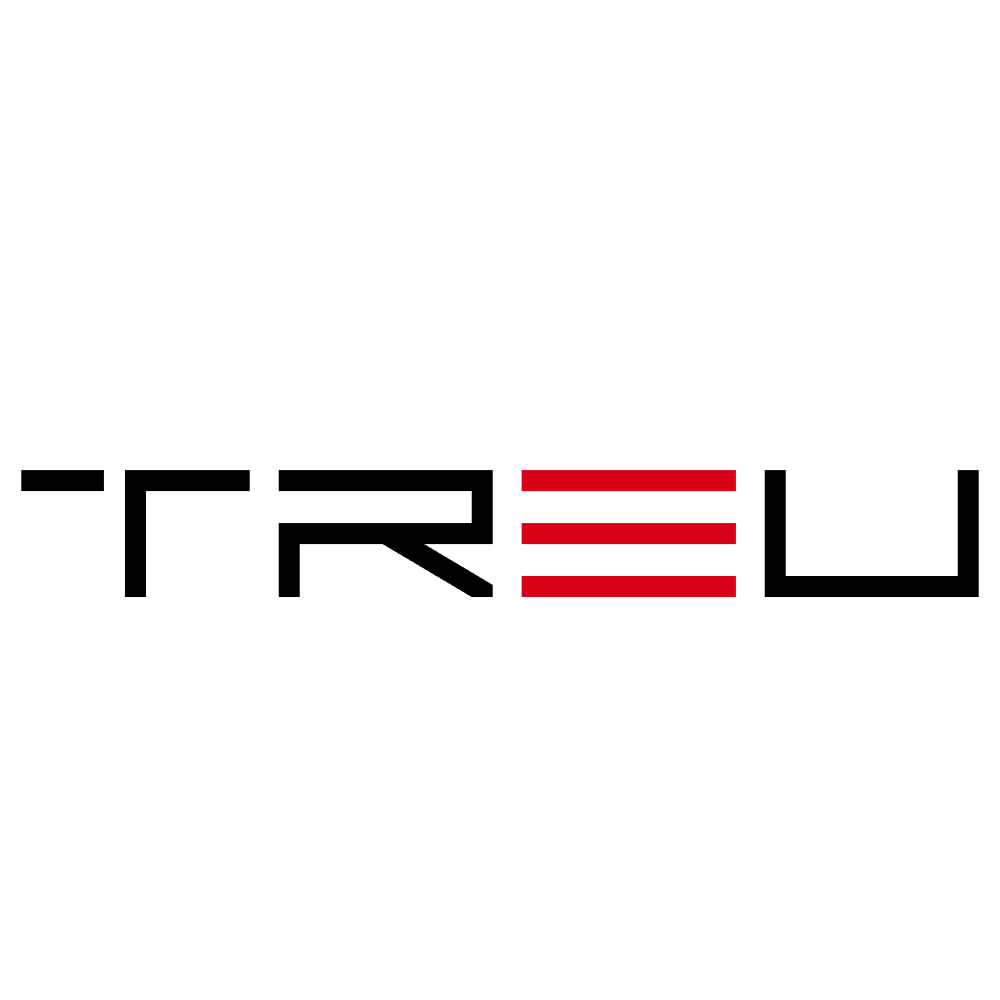CIOs Tackle SaaS Sprawl with AI and Low-Code Tools
The modern enterprise is awash with Software-as-a-Service (SaaS) applications, enabling flexibility, scalability, and extensive productivity gains. Yet, this convenience comes with a cost: SaaS sprawl. For CIOs, managing the burgeoning portfolio of cloud-based tools has grown into a formidable task. As organizations scale their use of SaaS platforms, keeping track of licenses, redundancies, security risks, and underutilized tools can quickly spiral out of control.
In response, IT leaders are increasingly turning to Artificial Intelligence (AI) and low-code development platforms to rein in the chaos. These technologies not only provide visibility into the SaaS landscape but also empower teams to build tailored solutions that optimize their software investment.
Here’s how forward-thinking CIOs are addressing SaaS sprawl with AI and low-code tools.
Understanding the Growing Challenges of SaaS Sprawl
As organizations adopt cloud applications for everything from project management to customer relationship management (CRM), the phenomenon known as SaaS sprawl becomes more apparent. SaaS sprawl refers to the unchecked accumulation of SaaS tools in an organization, often resulting in inefficiency, unnecessary costs, and security vulnerabilities.
Common Causes of SaaS Sprawl
CIOs are facing SaaS sprawl due to several factors:
- Democratized Purchasing: Business units and individual departments now often purchase tools directly without consulting IT, leading to a fragmented app ecosystem.
- Shadow IT: Employees frequently adopt SaaS tools outside of approved channels, making it difficult to track usage and compliance.
- Overlapping Functionality: Organizations end up using multiple tools with duplicative features, wasting money and increasing complexity.
- Lack of Centralized Oversight: The absence of a unified SaaS management strategy often results in irregular license utilization and poor integration.
The result? Mounting costs, reduced productivity, and increased risk of security incidents. This is why CIOs are now prioritizing innovative solutions to curb the exponential growth of SaaS applications.
How AI Offers New Opportunities to Streamline SaaS Management
AI is proving to be an indispensable tool in combating SaaS sprawl. By harnessing its capabilities, CIOs are gaining critical insights into their sprawling software ecosystems. Here’s how AI is helping:
SaaS Discovery and Optimization
Artificial intelligence can map and analyze an organization’s entire SaaS stack in real time. Using AI, CIOs can identify all applications in use—both approved and unapproved—across the company. These discovery tools not only reveal potential redundancies but also highlight underutilized licenses.
For example, an AI-driven analysis might uncover that two separate teams are using different scheduling applications with similar functionality. This allows CIOs to consolidate licenses, eliminating unnecessary spending while streamlining workflows.
License Management and Cost Efficiency
AI excels at automating mundane tasks like monitoring license allocations and renewals. These systems can flag underused licenses, suggest cost-saving adjustments, and send timely renewal alerts to prevent service interruptions.
Additionally, usage patterns can highlight areas for negotiation with SaaS vendors. AI tools empower CIOs with the data they need to negotiate better contracts and reduce subscription fees over time.
Enhancing Security and Compliance
Another critical advantage of incorporating AI is bolstering an organization’s security posture. By monitoring SaaS usage across the enterprise, AI tools can automatically identify and mitigate potential risks, such as unsanctioned tools that may not meet compliance standards. It can also detect irregular user behavior that might signal security threats, ensuring sensitive company data remains protected.
Low-Code Platforms: Enabling a New Era of Customization
For many CIOs, taming SaaS sprawl is about more than just reducing the number of applications in use. It’s also about enabling teams to build tailored solutions that meet their precise operational needs. Instead of simply relying on off-the-shelf SaaS tools, low-code platforms give internal teams the ability to create bespoke solutions with minimal effort.
The Rise of Low-Code Development
Low-code tools democratize application development, offering drag-and-drop interfaces, pre-built components, and out-of-the-box integrations. This allows even non-technical users—such as business analysts or department managers—to create functional software without relying on overburdened IT teams.
For example, instead of buying yet another SaaS marketing analytics tool, a marketing team could use a low-code platform to create a dashboard that pulls in only the relevant data they need from existing systems.
Benefits of Low-Code for SaaS Management
Low-code solutions help CIOs combat SaaS sprawl in several key ways:
- Custom Applications: Allowing teams to build tailored solutions means organizations can reduce their dependency on third-party SaaS tools that may only partially address their needs.
- Integration of Disparate Systems: Many low-code platforms offer built-in integrations, enabling systems to communicate seamlessly. This eliminates silos and improves workflows.
- Faster Time-to-Solution: Because low-code tools require minimal technical expertise, teams can bring applications to life in record time, keeping pace with changing business needs.
- Cost Savings: By reducing the reliance on expensive SaaS subscriptions, low-code platforms deliver significant financial benefits over time.
Many CIOs are leveraging low-code platforms as a way to strike the right balance between flexibility and control, reducing SaaS reliance while enabling employees to meet specific demands.
The Synergy Between AI and Low-Code Platforms
Perhaps the greatest opportunity lies in combining the powers of AI and low-code platforms. Together, these technologies offer a proactive and strategic approach to SaaS management.
Unified Visibility and Management
• AI tools provide the necessary insights into app usage, costs, and performance, while low-code platforms enable the creation of custom dashboards for centralized monitoring. CIOs can use this synergy to make informed decisions on cancellations, consolidations, or renewals.
Streamlined Workflows and Processes
With AI helping to parse large amounts of data and automate repetitive tasks, teams can dedicate time to innovations powered by low-code platforms. Less time managing SaaS; more time creating dynamic solutions.
Agile Response to Business Needs
The ability to rapidly build applications with low-code platforms, informed by AI-generated insights, allows organizations to remain agile. Whether addressing customer demands or internal efficiency requirements, this combination ensures organizations respond quickly to challenges and opportunities.
Final Thoughts: Empowering the Modern CIO
The era of SaaS sprawl isn’t going away, but CIOs are no longer willing to let chaos reign. AI and low-code platforms are ushering in a new era of SaaS management. By adopting these technologies, companies can take control of their growing app ecosystems, optimize costs, improve workflows, and mitigate security risks.
The key takeaway for CIOs? It’s about understanding the value of your SaaS portfolio and ensuring every tool provides a measurable return on investment. AI delivers the insights. Low-code delivers the solutions. Together, they give CIOs the tools they need to future-proof their organizations in a SaaS-dominated world.

